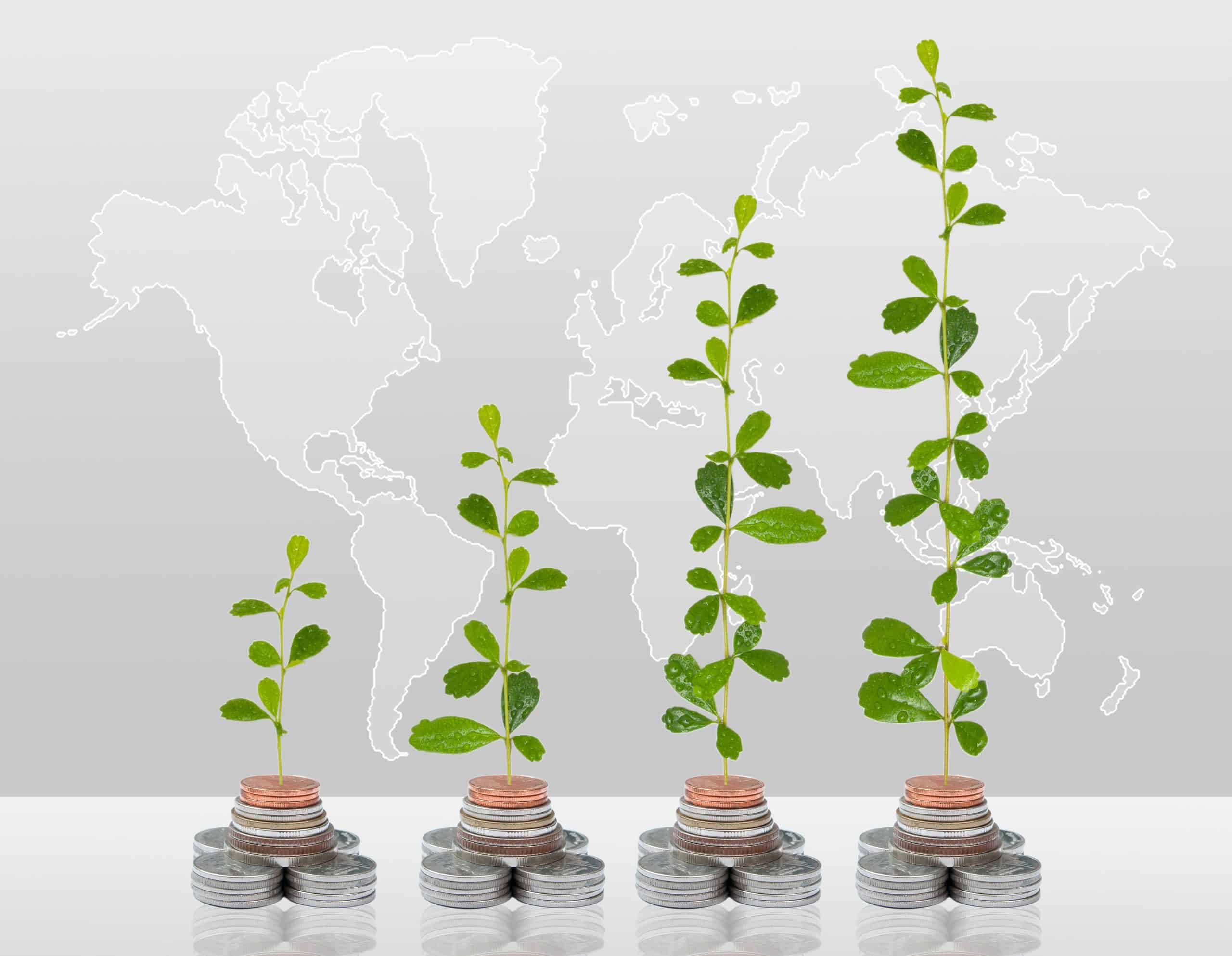MILESTONES | GLOBAL

World Bank Group president Jim Yong Kim announced the launch of a Global Infrastructure Facility during the World Bank–IMF fall meeting in Washington, DC, in October. The facility, a public-private infrastructure fund, will invest in high-quality projects in emerging markets and developing countries.
The GIF will give private and institutional investors access to the vast project finance market in the developing word, while taking advantage of the World Bank’s screening procedures, assessment practices and understanding of how to execute such projects.
According to World Bank estimates, in order to satisfy infrastructure needs, emerging markets and the developing world need between $1 trillion and $1.5 trillion a year through 2020. As of now, investment levels remain low. From 2012 to 2013, private infrastructure in emerging markets actually dropped from $186 billion to $150 billion. Many infrastructure projects are perceived as risky and unstable, with low financial returns.
Investors’ fiduciary duty and commitment to profitability are a critical component of their participation in infrastructure facilities. Ulrik Walther, director of official institutions at BNP Paribas Investment Partners, explains that in the context of official institutions, “it should be remembered that sovereign wealth funds have a fiduciary responsibility towards their stakeholders, and therefore the internal rate of return they expect on these projects should compare fairly with other investments that the funds may make.”
The World Bank’s leadership is well aware of the challenges such projects present, as well as the need to create a deep pipeline of high-quality projects. Additionally, “the advancement of funds should pass through the budgets of recipient countries so that the principles of fiscal policy, as set out by the OECD, are not violated,” says Walther. “What must not happen is that the financing of these projects distorts the relationship between fiscal and monetary policy. We know that simply increasing the amount invested in infrastructure may not deliver on the potential to foster strong, sustainable and balanced growth. A focus on the quality of infrastructure is vital.”
The GIF will begin operations later this year by “road-testing” new models to deliver complex public-private infrastructure in low- and middle-income countries. The key focus will be on climate-friendly investments as well as ventures to bolster trade.



